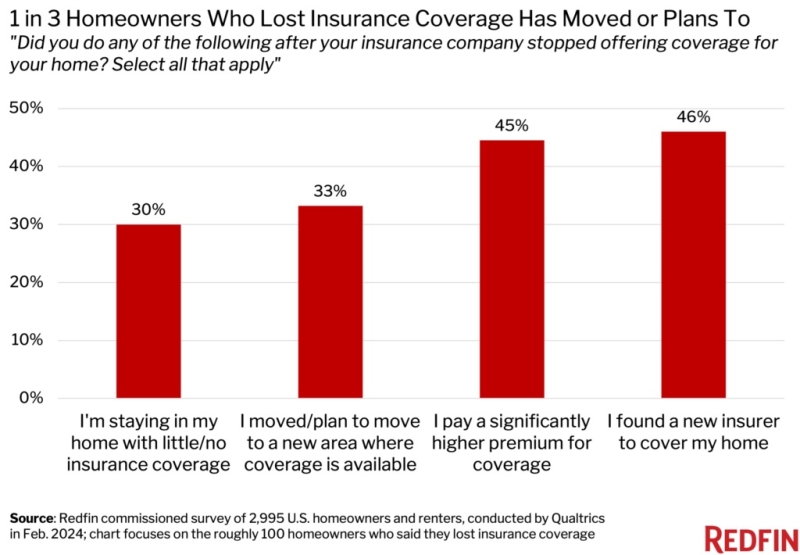Advertisement
NAR Survey Reports Americans Choose Smart Growth Neighborhood When Shopping for a Home

Americans favor walkable, mixed-use neighborhoods, with 56 percent of respondents preferring smart growth neighborhoods over neighborhoods that require more driving between home, work and recreation, according to the "Community Preference Survey" conducted by the National Association of Realtors (NAR). The survey of 2,071 adult Americans was conducted by Belden, Russonello and Stewart from Feb. 15-24, 2011.
“Realtors care about improving communities through smart growth initiatives,” said NAR President Ron Phipps, broker-president of Phipps Realty in Warwick, R.I. “Our members don’t just sell homes, they sell neighborhoods. Realtors understand that different homebuyers are looking for all kinds of neighborhood settings and that many hom buyers want walkable, transit-accessible communities.”
The "Community Preference Survey" found that walkable communities are defined as neighborhoods where shops, restaurants and local businesses are within walking distance from homes. According to the survey, when considering a home purchase, 77 percent of respondents said they would look for neighborhoods with abundant sidewalks and other pedestrian-friendly features, and 50 percent would like to see improvements to existing public transportation, rather than initiatives to build new roads and developments.
The survey also revealed that while space is important to homebuyers, many are willing to sacrifice square footage for less driving. Eighty percent of those surveyed would prefer to live in a single-family, detached home as long as it didn’t require a longer commute, but nearly three out of five of those surveyed—59 percent—would choose a smaller home if it meant a commute time of 20 minutes or less.
The survey also found that community characteristics are very important to most people. When considering a home purchase, 88 percent of respondents placed more value on the quality of the neighborhood than the size of the home, and 77 percent of those surveyed want communities with high-quality schools.
About the author





